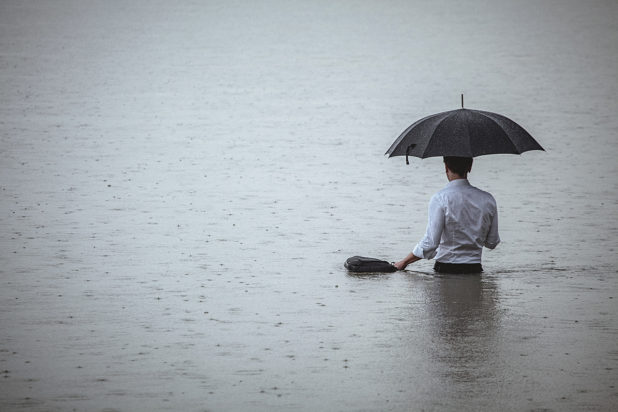
When Nationwide surveyed small-business owners back in 2015 regarding the subject of disasters, the results were disheartening—38 percent said that disaster recovery plans were not essential for their business, and only 18 percent of small businesses with 50 employees or less had a disaster recovery plan in place.
With catastrophic weather and wildfires making headlines throughout 2017, there should be no question as to whether your small business needs a disaster recovery plan. Be it a flood, tornado, hurricane, earthquake, wildfire, or even cyber attack… If your business is not ready to handle a disaster, yours may just become one of the unfortunate 40 percent of businesses that, according to the Federal Emergency Management Agency (FEMA), never reopen after a disaster.
So, it’s time to ask: Is your business prepared for disaster?
It doesn’t matter how small or large your e-commerce business is—you need to take disaster preparedness seriously. This means taking the time for advanced planning and preparation so that when it comes time to take action, you’re ready. Follow these steps to create a disaster preparedness and business continuity plan.
Consider the Risks
1. Assess your location and understand which types of natural disasters are most likely to affect your business.
2. Assess your business. If something were to happen, which systems are the most critical to your operation and would need to be protected and recovered as quickly as possible?
3. Create a checklist that accounts for these risks and how you plan to address them post-disaster. In times of high stress and confusion, it’s easy for things to fall through the cracks and the checklist will keep your priorities straight.
Prepare Your Workplace
4. Create an evacuation plan.
5. Create an emergency communication plan. This is not just for employees, but also for customers, suppliers, and the surrounding community. This should involve keeping your contact lists up-to-date, including alternate contacts and contact methods (like texting and social media).
6. Put together a readiness kit. This will keep you and your employees safe for a couple of days in the case you get trapped during a disaster. It should include things like flashlights, first aid supplies, water, and food.
7. Establish backup cloud storage for all your company data and digital assets (including tax and financial records) in case equipment is damaged or you lose the physical sources.
8. Develop a complete disaster recovery plan. It will include each of the items above as well as full training and regular drills for your team.
9. Join the Ready Rating program, offered by the American Red Cross, to ensure that your business is always prepared.
Cover Your Assets
10. Protect your company with as much insurance as needed to recover quickly from a disaster. This may include renters and other property insurance, as well as coverage for your equipment and other company assets.
11. Learn about the U.S. Small Business Administration’s Disaster Assistance Programs and how they can help your business recover.
12. Educate yourself on disaster loans and unemployment assistance. These can be especially helpful if you live in an area prone to disasters.
Take Action
13. Assess the damage to your company. This isn’t about the physical damage to your property; this is about the well-being of your team, business partners, and local clients. Ensure that everyone is safe, and then start working with them to enact the steps of your disaster recovery and business continuity plan.
14. Assess the damage to your physical premises. Survey the damage (if any) and document it before cleaning up. It’s important to note that you do not need to wait for an inspection before cleaning up, according to FEMA.
15. Contact FEMA first to apply for financial assistance. Reach out to your insurance companies and any other assistance programs you’re enrolled in to start getting help ASAP.
16. Get started cleaning up, but be careful. While the disaster may be over, you still need to keep everyone safe. The Centers for Disease Control and Prevention (CDC) provides tips on how to handle post-disaster cleanup safely.
17. Reach out to other businesses to see if they’re in need of assistance. Work together to form a local community of support to donate what you can (money, resources, people) and ensure that everyone recovers swiftly from the disaster.
18. Once the cleanup is complete, your business is back up and running, and everyone is home safe, evaluate what happened. Was your business prepared? Was your team prepared? Did you recover as quickly as you’d hoped? Is there anything you could do differently next time? Then adjust your plan accordingly.
No one wants a disaster to strike their business, and most expect that it’ll never happen. But it can. If you want to do right by your business and by everyone who depends on its livelihood, create a disaster recovery and business continuity plan that protects your company assets as well as your employees, and gets your business back on its feet as soon as possible.
About Endicia
Endicia is a leading provider of internet-based postage services that make it easier and more affordable to ship parcels through the U.S. Postal Service®. We know that shipping can be complex and our goal is to simplify your shipping operations so you can focus on doing what you do best. Visit us at endicia.com to learn more.



